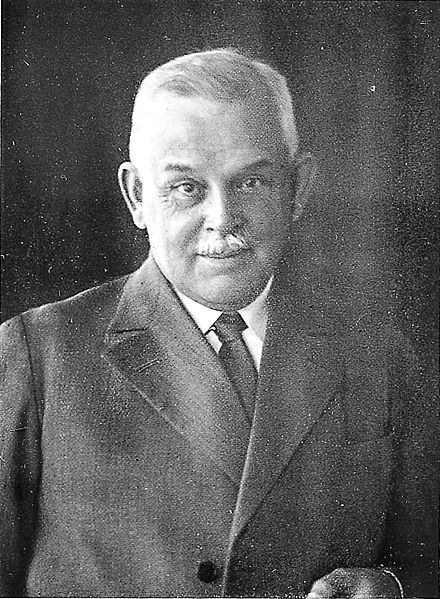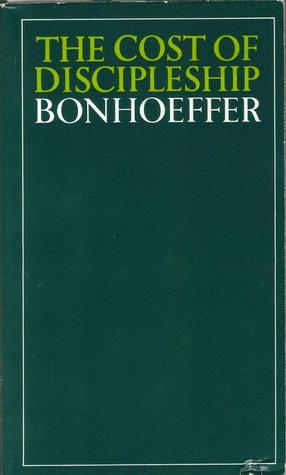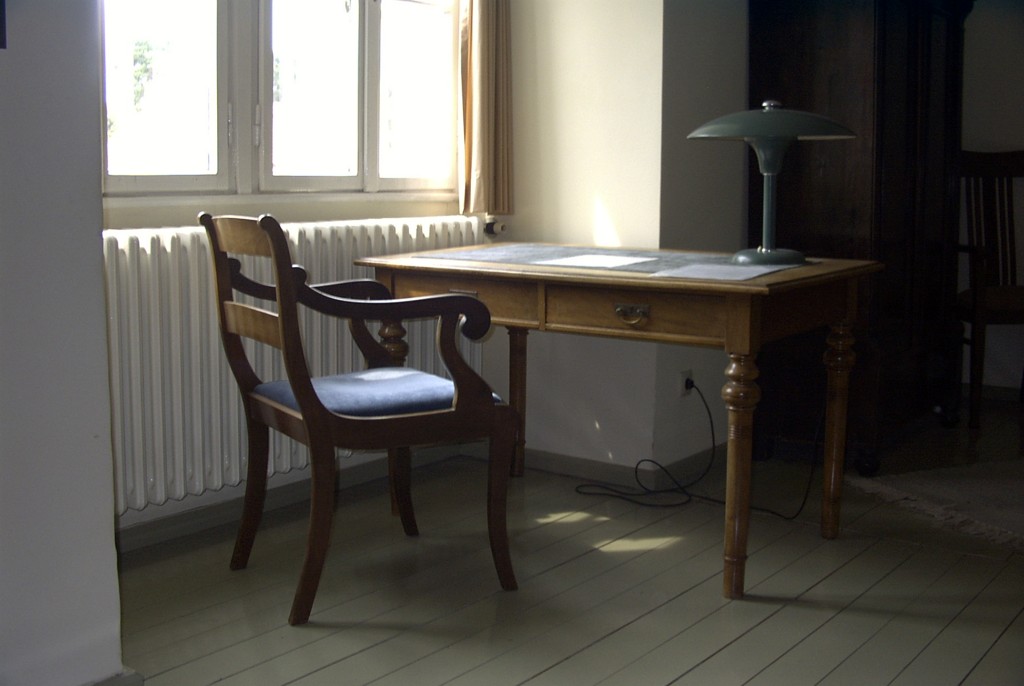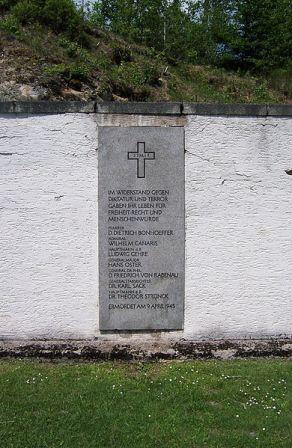Preface
In the process of completing the Christian Devotional Classics series, I was inspired to dig into material which I wrote on the prayer life of Dietrich Bonhoeffer for Theology and Practice of Prayer[footnote]SF/ST 777: Theology and Practice of Prayer. Laurie Mellinger, Ph.D. Evangelical Seminary. Summer 2012. Course Description: This course explores various aspects of the interplay between theology and prayer. What we believe about God determines how and why we pray; this has also been true for Christians throughout the history of the Church. We will examine both historical persons and methods of praying from a variety of Christian traditions, and discuss their potential for deepening our own relationships with God. This course provides the opportunity for students to study and experience a variety of Christian prayer forms, and to discern the theological foundations upon which they rest. We will take a historical approach, discussing prayer in the Scriptures and its application in the lives of persons of prayer throughout the Christian era. We will also consider the place and practice of prayer in the contemporary church, both for individuals and for corporate gatherings.[/footnote] Click here for Who Am I? Dietrich Bonhoeffer as a Historical Mentor in Prayer: Part 1. As you read Part 2, reflect upon how you respond to your
- upbringing: familial — including expectations and educational/cultural power (or lack of it), cultural, educational, ethnic, religious, socio-economic . . .
- your international/cross-cultural relationships
- academic mentors and gatekeepers, particularly when one’s conscience is challenged.
- community — how do you understand/define your closest/deepest community?
- Lord (i.e., Jesus the Christ) with your head, heart, and hands in all aspects of life (including vocation).
- “legacy” as you perceive it to be developing.
Who Am I? – A Glimpse of Dietrich Bonhoeffer’s Context

Walter (1899-1918), one of Dietrich’s older brothers, was killed while serving Germany in World War I. Karl struggled with Nazi government requests to assist with the experimental programs and prisoner evaluations denounced by Dietrich. Dietrich’s twin sister Sabine (1906-1999) and her husband, a Jew who practiced law, fled to England during Nazi rule. Dietrich, along with one of his brothers and two of his brother-in-laws, were executed by the Nazis for their part in the German Resistance.

Although Karl was an agnostic and his wife Paula did not attend a local congregation, Dietrich grew up with a longing to be a “man of God,” like those found in the biblical stories read to him by his mother and taught by his governesses. Despite his father’s push toward scientific research, Dietrich chose theological studies first at Tubingen University, then at the University of Berlin. In between he was drawn into the sociality of the Body of Christ by a visit to Rome, where he was tempted to become a Roman Catholic (Marty, 156). Afterward Dietrich became heavily influenced by Karl Barth’s Christocentrism and remained in correspondence with him throughout his life. His thesis Sanctorum Communio (Communion of Saints, 1930) began as an exploration of a theology of sociality which became central to his understanding of the church. As Clifford J. Green writes in The sociality of Christ and humanity: Dietrich Bonhoeffer’s early theology, 1927-1933, “Christ as ‘the man for others’ and the life of the Christian and the church as ‘being for others’ are simple yet rich and pregnant formulas which epitomize in a new context the import of the early theology of sociality” (1972, 332).[footnote]Later in research I came across a revised edition under the title Bonhoeffer: A theology of sociality (Grand Rapids, MI: W.B. Eerdmans Publishers, 1999), but did not have time to compare the material in the two volumes.[/footnote]
Unlike many of his Lutheran colleagues, Bonhoeffer traveled for pastoral and educational responsibilities. His time in Barcelona, New York City, and London opened his eyes to the perspectives of those in positions of weakness. His interactions with the two Niebuhrs and a “soul-filled” African-American Baptist Church while at Union Theological Seminary, New York City, were particularly formative in his response to Adolf Hitler’s rise to power. Green writes on Bonhoeffer’s conversion:

In 1932, as Bethge has documented, a personal liberation occurred which illuminates the theological path he had already traveled as it directed the course upon which he then embarked. Without a knowledge of this autobiographical dimension, understanding of Bonhoeffer’s theological development would be darkened by inner obscurity or externally imposed speculation, or both.
Nachfolge [The Cost of Discipleship] is the direct theological expression of Bonhoeffer’s personal liberation in 1932. Beneath its exegetical, ecclesiastical, and political concerns runs a deep, personal concern of the theologian himself. It is impossible properly to understand the book without knowing this fact, and seeing how it influences the theology, exegesis, and the portrait of Luther. Yet when we recognize that Bonhoeffer’s existential commitment to faith and the church in 1932 gives an autobiographical dimension to the theology of Nachfolge, we also see how the new theme of discipleship is related to the theology of sociality which preceded it: “discipleship” does not replace the theology of sociality; it adds to it and presupposes it. Bethge has shown that while Nachfolge was not fully articulated or published until 1937, its basic themes were all present in nuce in an address Bonhoeffer gave in November, 1932, shortly after his experience on “becoming a Christian” . . . To understand that there is an autobiographical relationship, as well as a theological connection, between Bonhoeffer’s formative writings and his book on discipleship is also to illuminate his prison writings (3).
According to Eberhard Bethge, a close friend and colleague, “the pivot of all of Bonhoeffer’s liberating analysis was Christology” (Marty, 49). Wustenberg states, Bonhoeffer throughout his life and work sought “to provide a hermeneutic, whereby Christ would become Lord of the world again” (Marty, 68).
Christocentrism provided the call to challenge “cheap grace” at every turn, to be a founding member of the Confessing Church which stood against the German Protestant church’s submission to total Nazi authority instead of Christ as Lord [footnote]Barmen Declaration of May 1934 was written as the platform for the Confessing Church movement.[/footnote], to create Finkenwalde Seminary (1935-1937) to train pastors in Christ-likeness instead of continuing in his career as pastor and university lecturer, to join public resistance to Hitler’s genocidal programs against the Jewish people [footnote]Larry L. Rasmussen. Dietrich Bonhoeffer: Reality and resistance. Westminster John Knox Press. 1995, 130.[/footnote], to decline positions abroad to avoid being at home during the war, and to eventually shift from pacifism to active resistance as a double agent with the Abwehr for the sake of what he considered the true church in Germany, i.e., the Confessing Church. As Bethge writes in “Preface to new edition” of Letters and papers from prison: New greatly enlarged edition, Bonhoeffer’s “theology is interwoven with the course of his life.” (1997, viii).


Through the half-open door in one room of the hut I saw Pastor Bonhoeffer, before taking off his prison garb, kneeling on the floor praying fervently to his God. I was most deeply moved by the way this lovable man prayed, so devout and so certain that God heard his prayer. At the place of execution, he again said a short prayer and then climbed the steps to the gallows, brave and composed. His death ensued after a few seconds. In the almost fifty years that I worked as a doctor, I have hardly ever seen a man die so entirely submissive to the will of God (Bethge 2000, 927-928).
In “Eberhard Bethge: Interpreter extraordinaire of Dietrich Bonhoeffer,” John W. de Gruchy brings helpful attention to the fact that a significant part of the Bonhoeffer’s last two years and his thoughts during them survive due to the gathering, organizing and publishing of Letters and papers from prison by his former student, co-laborer at Finkenwalde, “custodian and interpreter,” “special friend,” “sounding board, confidant, and clarifier” Eberhard Bethge (2007, 349-368). Without the smuggled letters providing the backdrop for Bonhoeffer’s “martyrdom,” the provoking post World War II conversation with Bonhoeffer’s work serving as a mirror to self would never have occurred (Marty, 28). One may wonder whether works such as the Cost of Discipleship (originally published 1937), the second most popular 20th Century household title for Christianity Today readers[footnote]Andy Rowell, “Bonhoeffer: An evangelical hero.” Books & Culture. June 2010. http://www.booksandculture.com/articles/webexclusives/2010/june/bonhoeffer.html. (accessed July 21, 2012). Note: Cost of Discipleship came in second to C.S. Lewis’ Mere Christianity[/footnote], and Life Together (originally published 1939) would have received less attention in Evangelical circles. Moreover, communist re-framers of Bonhoeffer such as Hanfried Muller would never have found “[t]he last honest Christian Westerner” (Marty, 101).
Note: Sources Consulted for the whole project.
Click here for Part 3: Who Am I? – A Glimpse of Dietrich Bonhoeffer’s Theological Reflection.
Tom enjoys daily conversations regarding living out the Biblical Story with his wife Theresa and their four girls, around the block, at Elizabethtown Brethren in Christ Church (where he teaches adult electives and co-leads a small group), among healthcare professionals as the Northeast Regional Director for the Christian Medical & Dental Associations (CMDA), and in higher ed as a volunteer with the Emerging Scholars Network (ESN). For a number of years, the Christian Medical Society / CMDA at Penn State College of Medicine was the hub of his ministry with CMDA. Note: Tom served with InterVarsity Christian Fellowship / USA for 20+ years, including 6+ years as the Associate Director of ESN. He has written for the ESN blog from its launch in August 2008. He has studied Biology (B.S.), Higher Education (M.A.), Spiritual Direction (Certificate), Spiritual Formation (M.A.R.), Ministry to Emerging Generations (D.Min.). To God be the glory!

Dietrich transcended his upbringing, cross cultural relations and political compulsion by entering the Kingdom of God. The man Dietrich would comport as familial patterns, national or religionisms prescribe.
Eph 1:18
The eyes of the world are the primary entry point of knowledge. “Seeing is believing”, “could not believe their own eyes”, and other common expressions recognize this manner of human perception. The eyes of our understanding need to be especially awakened and attuned to the crucial component of our salvation.
Job 23:8-17, Mat 13:13-14, Mar 4:12, Isa 44:18,
Calloused eyes or those afflicted with cataracts of indifference do not see the love and righteousness of our Father. Eyes of understanding are required to see the kingdom of God.
John 6:36, Jhn 3:3
In order to see the kingdom of God we must be like Him.
Hbr 12:14
The image of God is righteous and holy and we must be justified by His righteousness, holiness, we must be like Him.
1Jo 3:2 Beloved, now are we the sons of God, and it doth not yet appear what we shall be: but we know that, when he shall appear, we shall be like him; for we shall see him as he is.
The time that the Lord may be found is a special gift to mankind, it is grace. Too many will not see Jesus.
Mat 7:21-23